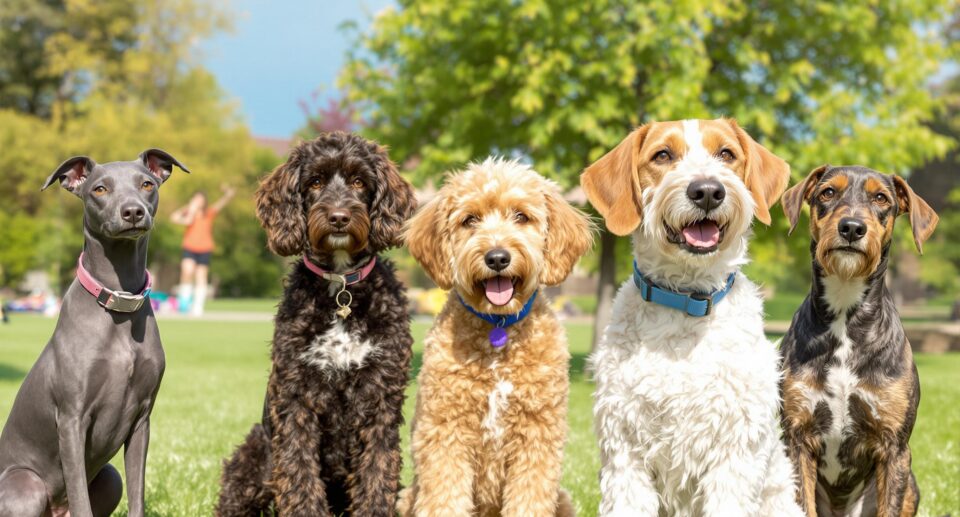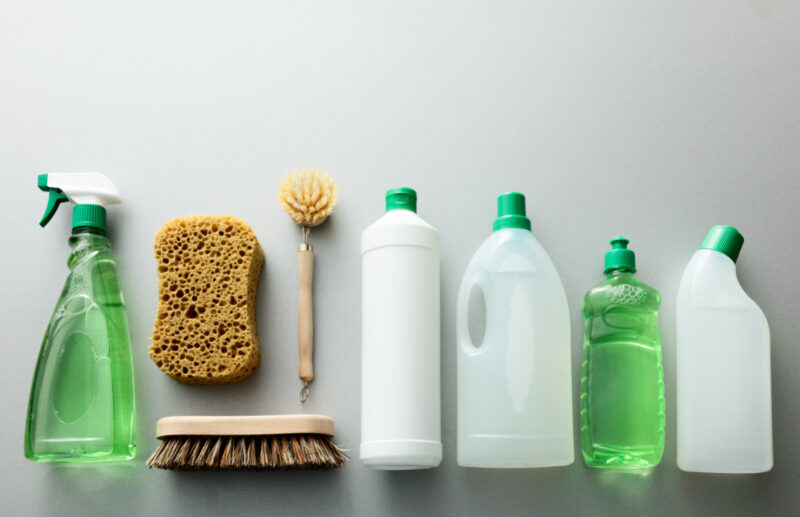
Causes of dog shedding
How much a dog sheds is one of the criteria people use to choose a dog. Dog shedding is a factor for two major reasons: allergies and the time it takes to clean up hair that has shed.
Dog shedding is influenced by these three dog coat characteristics:
- Different types of dog coats: hairless, presence of undercoat
- Different degrees of curl & wave in dog coats: wavy, wirehaired, and straight
- Different dog coat lengths: short, medium, and long
In addition to dog coat characteristics, many other factors influence dog shedding:
- Sunlight and temperature
- Health
- Allergies
- Nutrition
- Skin Cleanliness
- Hormones
- Pregnancy and lactation
Key facts about shedding indogs and cats
- Shedding is influenced by coat characteristics, sunlight, temperature, health, allergies, nutrition, cleanliness, hormones, pregnancy and lactation.
- Dog breeds with less hair (no undercoat) or with wiry or curly hair appear to shed less than dogs with double coats or with straight hair.
Factors that influence shedding in dogs
In addition to dog coat characteristics, many other factors influence dog shedding:
Sunlight and temperature
Sunlight and temperature influence dog shedding because day length triggers growth of a new coat and shedding of the old coat. Some breeds are triggered by sunlight and temperature to shed once every year or two (Northern breeds). Other breeds are triggered to shed twice a year. As dogs move indoors with constant temperatures and limited amounts of natural light, many experience increased continuous dog shedding and decreased annual dog shedding.
Health
Healthy dogs do not shed as much as unhealthy dogs. Some unhealthy dogs have parasites that rob them of nutrition that would go toward nourishing the skin and hair follicles. These dogs benefit by deworming. Others have high fevers that damage the skin and follicles. These dogs benefit from drugs that control fever, such as aspirin, and antibiotics that fight infection. Some dogs have chronic conditions, such as a misaligned spine, that prevents blood from circulating through all parts of the skin. These dogs benefit from acupuncture, herbs, and chiropractic care.
Allergies
Allergies cause itching so pets scratch, pulling hair from the coat. Thus, allergic dogs appear to shed more than dogs without allergies. Flea allergies cause intense scratching with shedding. Topical flea medications, such as Flea5X Plus for Dogs and Frontline Plus help pets experience fewer symptoms. Other allergies can cause itching and scratching, including food and environmental allergies.
Nutrition
Nutrition and what dogs are fed helps to influence the texture of their dog coat and skin health. Healthy skin has healthy follicles that support long-lived lustrous hair. Unhealthy skin has sickly hair follicles and poor skin oils. The hair is brittle, and lackluster. It breaks off and falls out readily. While it’s obvious that a dog that’s starving and lacks calories will not have a healthy coat, it’s equally important that dog foods are full of nutrients. For a dog coat to be healthy and not to shed, dogs require proteins that are absorbable. Dogs need carbohydrates from whole grains and fats that contribute healthy Omega 3 and 6 fatty acids to help nourish the coat and prevent shedding.
Skin cleanliness
Skin cleanliness influences dog shedding because dirty, matted hair allows bacteria to grow and infect hair follicles, causing hair loss. Routine grooming helps prevent shedding because it removes dead hair and stimulates the skin so that follicles are nourished. Healthy follicles hold onto hair. Using a pet shampoo cleans the skin without being harsh or removing topical flea and tick products.
Hormones
Hormones strongly influence dog shedding. For example, the thyroid hormones stimulate the follicles so that they spend more time in the growth phase and less in the resting phase. Thus dogs with hypothyroidism (low thyroid levels) have thin, dry, shedding coats because they lack thyroxin to “turn on” the follicles. Treating with thyroxin helps the coat return to normal. Many other hormones affect the coat as strongly as thyroid hormones do. These hormones include cortisol, testosterone, estrogen, progesterone, and growth hormone.
Pregnancy and lactation
Pregnancy and lactation deplete calcium, minerals and energy stores so that many dogs shed heavily after the pups are born and are being nursed. Balanced nutrition and supplements help prevent this post-partum dog shedding, but unbalanced supplements actually make shedding and overall health worse. In attempts to strengthen pregnant or nursing dogs and prevent coat loss, do not offer supplements unless you discuss the products with your veterinarian. While some products are balanced, other vitamins and supplements are not balanced and thus create more coat and health problems than they resolve. Be especially cautious with supplements high in calcium or in Vitamin D.





